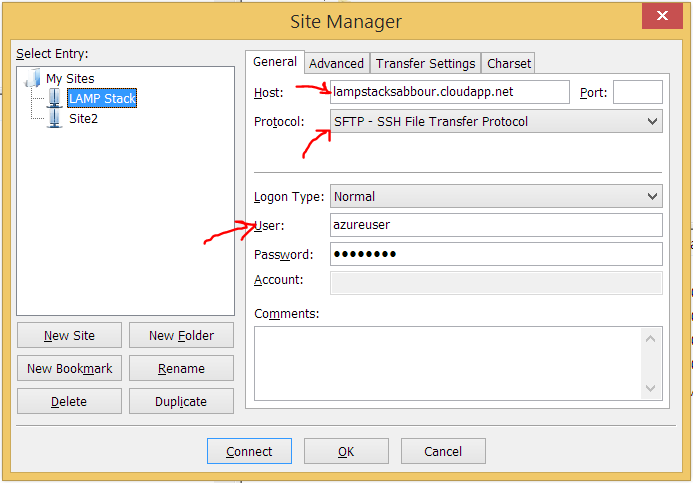

In the above example ssh configuration file you can see two Host entries. IdentityFile /home/test/.ssh/remoteserver.private_key This defaults to ~/.ssh/config but can also be specified as a parameter with the -F option. While many users are familiar with the sshd_config file, there is also a client configuration file for the ssh command. To connect to a host that resolves to both IPv4 and IPv6 you can specify parameter -4 or -6 to the command line so it resolves correctly.Īpart from remoteserver, each of the above parameters is optional. Remoteserver : The hostname ssh is connecting to, this can be a fully qualified domain name, an IP address or any host in your local machines hosts file. User can also be specified with the -l parameter. Leaving out the will default to using the username of the account you are currently logged in to (~$ whoami). If you are using the terminal over a slow link or viewing lots of text this can speed up the connection as it will compress the data transferred on the : The string before the symbol denotes the username to authenticate with against the remote server. C : Compression is enabled on the connection using this parameter. The listening port is configured in the sshd_config file using the Port 2222 format. 22 is not required as this is the default, but if any other port is listening connect to it using the -p parameter. p 22 : Specify which port to connect to on the remote SSH server. Can be used multiple times to print additional information. v : Print debug information, particularly helpful when debugging an authentication problem. localhost:~$ ssh -v -p 22 -C remoteserver The following ssh example command uses common parameters often seen when connecting to a remote SSH server. First The Basics Breaking down the SSH Command Line

Take a look at Proxy Jump -J and reverse dynamic forwarding -R. Block SSH Brute Force Attempts with iptablesĮven if you are an experienced *nix guru there are a couple of examples further down that are only available in later versions of OpenSSH. Bouncing through jump hosts with SSH and -JĢ1. Mount remote SSH as local folder with SSHFSĢ0. Copy files remotely with rsync and SSHġ5.


 0 kommentar(er)
0 kommentar(er)
